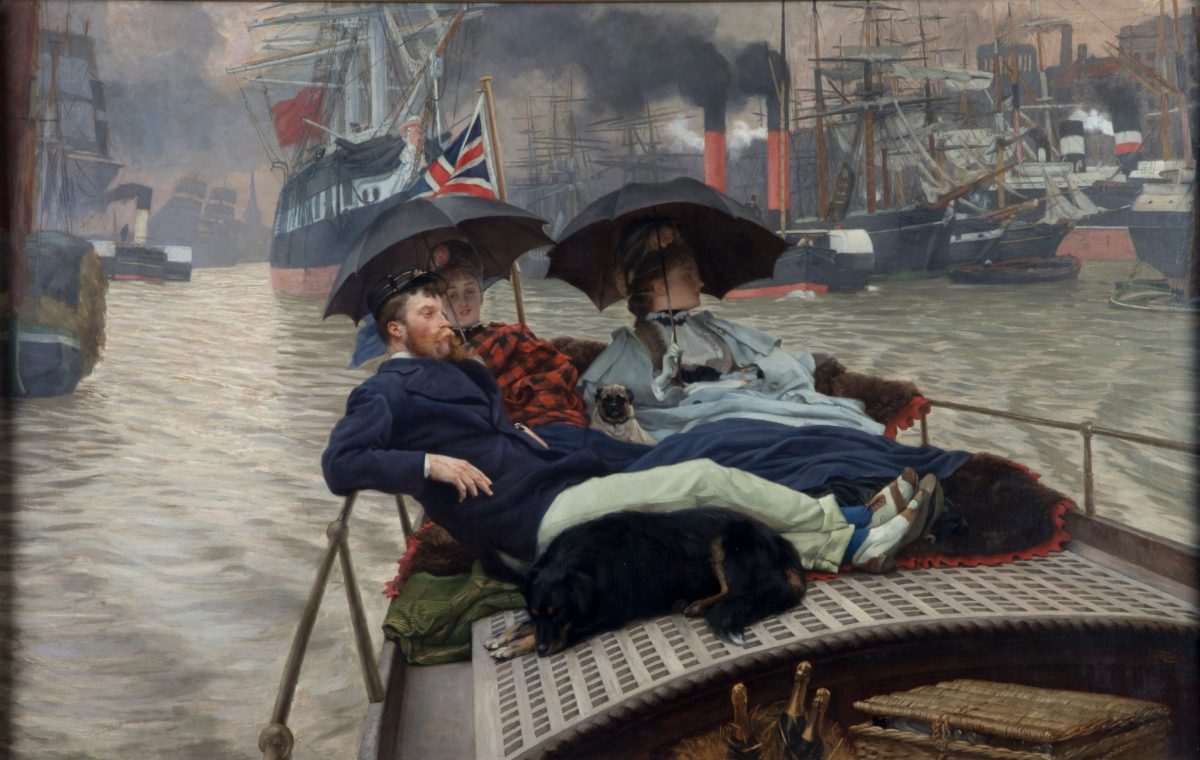James Tissot (1836–1902) was one of the most celebrated French artists during the 19th century, yet he is less known than many of his contemporaries today. Presenting new scholarship on the artist’s oeuvre, technique, and remarkable life, James Tissot: Fashion & Faith provides a critical reassessment of Tissot through a 21st-century lens. The exhibition, co-organized by the Fine Arts Museums of San Francisco and the Musées d’Orsay et de l’Orangerie, Paris, includes approximately 70 paintings in addition to drawings, prints, photographs, and cloisonné enamels, demonstrating the breadth of the artist’s skills. The presentation at the Legion of Honor will be the first major international exhibition on Tissot in two decades and the first ever on the West Coast of the United States.
“The work of James Tissot provides a fascinating lens onto society at the dawn of the modern era. Long recognized as a keen observer of contemporary life and fashion, this exhibition brings new light to his narrative strengths and his skill in portraying the emotional and spiritual undercurrents that exist below surface appearances,” states Thomas P. Campbell, Director and CEO of the Fine Arts Museums of San Francisco. “Continuing the Fine Arts Museums’ tradition of contributing original scholarship around key works in our collection, we are thrilled to introduce the perspective of this enigmatic, prolific artist in the first exhibition of his work to take place on the West Coast.”
Arranged chrono-thematically, James Tissot: Fashion & Faith traces the extraordinary turns of the artist’s life, as he consistently defied traditional conventions, both professionally and personally.
A Frenchman who started out painting medievalized scenes from history and literature, Tissot maintained a complicated friendship with mentee Edgar Degas, went on to adopt an Anglicized version of his name; Jacques, and spent a decade as an expatriate in London, immersing himself in and chronicling modern society. For a time, he ventured into a love affair with the young divorcée Kathleen Newton, who became his model and muse, but, after her tragic premature death, he returned to Paris and spent long periods of productive retreat at his family estate in the French countryside, nurturing a growing, deep commitment to religion.
The exhibition includes many key modern-life works, such as “The Ball on Shipboard,” which will surely speak to our ferry-riding readership.
Another nautical number we enjoyed was “On the Thames,” featuring a lucky mariner with two fetching lasses.
Melissa Buron, exhibition curator and Director of the Art Division at the Fine Arts Museums of San Francisco noted in today’s press reception that the artist understood “the inner lives of women” despite never having any sisters or daughters.
“He obviously had a great passion for society women of complexity,” she added. “Although shopkeepers and housemaids were also prominently painted. He had a deep meaningful relationship with his mother, and his mistress…which would have made a great modern-day movie.”

